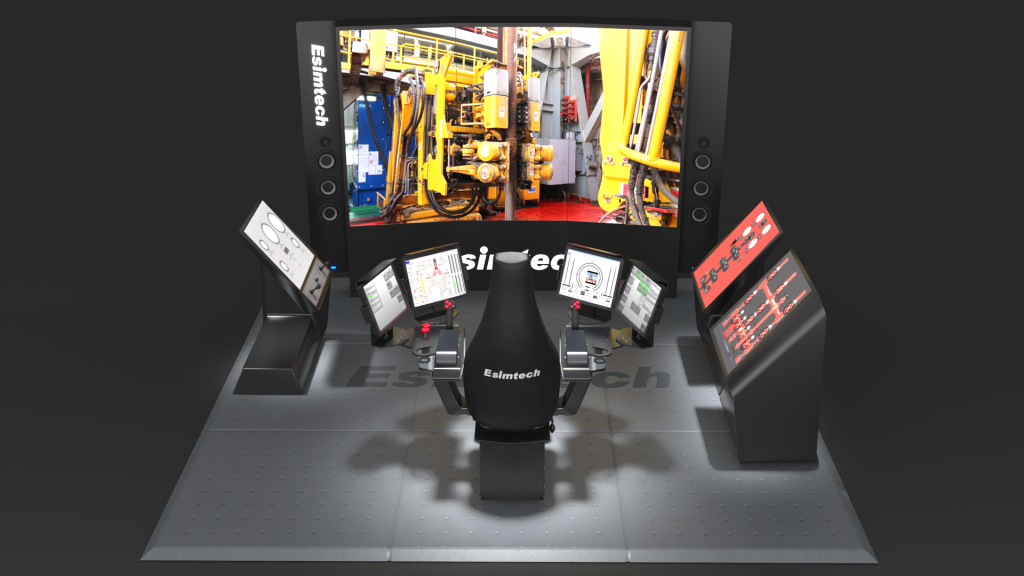Coastal drilling and offshore drilling are often discussed interchangeably, yet they represent distinct methods of extracting hydrocarbon resources from beneath the seabed. Both are essential for meeting global energy needs, but they differ significantly in location, depth, and environmental impact. In this piece, we'll explore the disparities between coastal drilling and offshore drilling, shedding light on their complexities.

Definition of Coastal Drilling and Offshore Drilling
Coastal Drilling
Coastal drilling involves extracting oil or gas located beneath the seabed relatively close to the shoreline. Operations are conducted in shallower waters and may utilize structures fixed to the seabed, subject to specific environmental regulations.
Offshore Drilling
Offshore drilling, however, entails extracting oil or gas from reservoirs situated beneath the seabed, typically at a distance from the coastline. It includes shallow-water, deepwater, and ultra-deepwater drilling, employing floating or fixed platforms anchored to the seabed.
Key Differences Between Coastal Drilling and Offshore Drilling
Location
Coastal Drilling: Conducted near the shoreline or in shallow waters.
Offshore Drilling: Occurs at varying distances from the coastline, including shallow, deep, and ultra-deep waters.
Water Depth
Coastal Drilling: Typically in waters less than 200 meters deep.
Offshore Drilling: Can occur in shallow, deep, and ultra-deep waters, depending on the location.
Environmental Impact
Coastal Drilling: Immediate impact on nearshore environments, posing risks to coastal ecosystems and communities.
Offshore Drilling: May have a lower immediate impact but can still affect marine life and ecosystems, especially in the event of oil spills.
Logistical Complexity
Coastal Drilling: Generally less complex due to proximity to infrastructure on land.
Offshore Drilling: More complex, requiring specialized equipment and facing transportation challenges.
Regulations and Permitting
Coastal Drilling: Subject to specific regulations related to coastal activities.
Offshore Drilling: Governed by extensive regulations and international treaties, especially in deep waters.
Distance to Reserves
Coastal Drilling: Targets reservoirs relatively close to the shoreline.
Offshore Drilling: Targets reservoirs at varying distances from the coastline, necessitating specialized platforms.
Safety and Environmental Considerations
Coastal drilling poses immediate risks to populated areas and ecosystems, necessitating stringent safety protocols and regulatory oversight. Offshore drilling, while more remote, demands preparedness for technical challenges and environmental protection, as evidenced by events like the Deepwater Horizon disaster.
Esimtech provides cutting-edge oil and gas simulation tools designed to manage hazardous situations effectively. These innovative tools enable companies to simulate realistic scenarios, practice safety protocols, and train personnel without exposing them to the risks inherent in real-life exercises. By integrating this technology into safety plans, drilling operations can be made safer, and the overall safety performance of the industry can be significantly enhanced.

Conclusion
Coastal drilling and offshore drilling are distinct methods crucial for meeting global energy demands. Understanding their disparities is essential for implementing appropriate safety measures and environmental protections for each operation.










Comments (0)